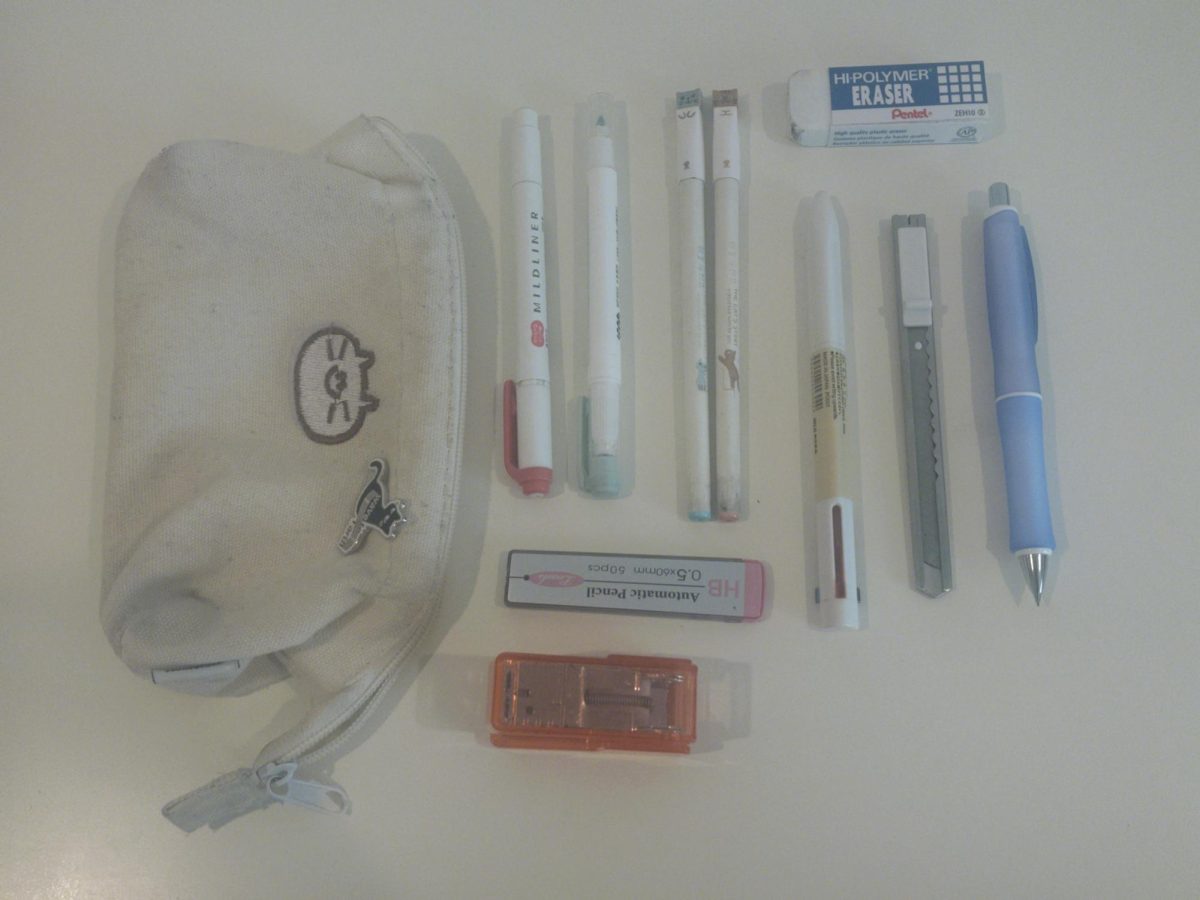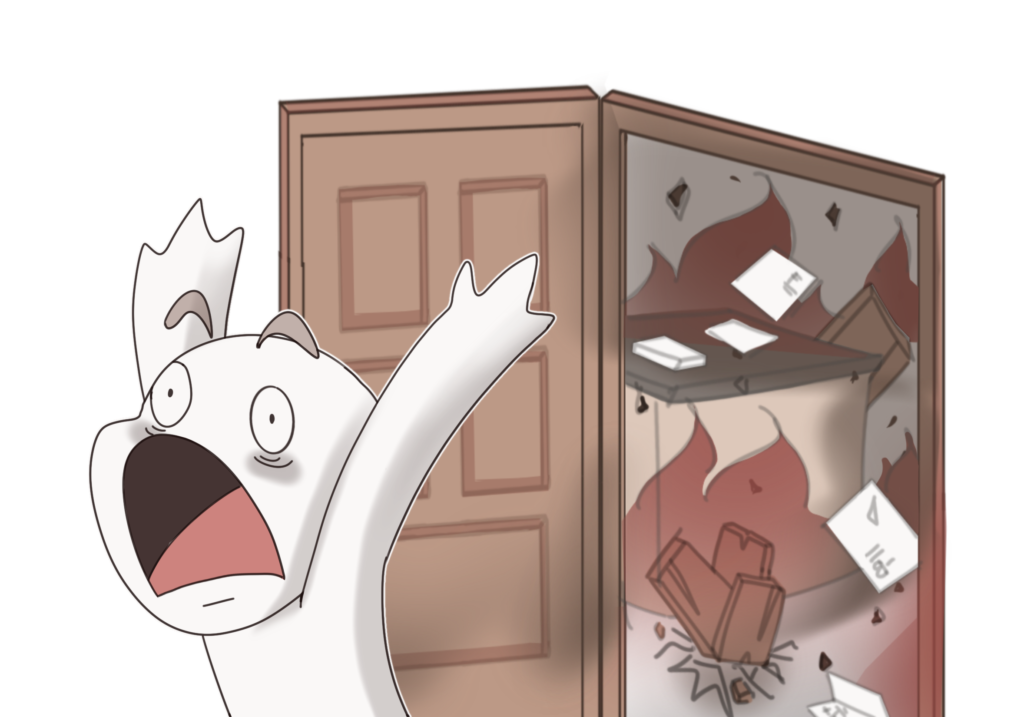To ensure that all students and staff are safe in emergencies like earthquakes or fires, the district is doing a new four-phase evacuation simulation this year.
During tutorial on Oct. 21, nearly 1,400 students and staff members evacuated to predetermined spots on the upper field and football field as part of the first three phases. The final simulation involving all the parts of the drill will take place at an undecided time in the spring semester, assistant principal Brian Thompson said.
Extending off the school’s previous earthquake and fire drills, the simulations aim to inform students, parents and teachers about practices that will take place when a major emergency occurs.
“We considered what we would do in a situation where we’d have to stay on campus for up to 72 hours, and realized we weren’t ready for those scenarios,” Thompson said. “That’s what led us to write down our goals on how we want to change that answer [of whether or not we’d be ready in this situation] to ‘yes.’”
What makes the simulation different, however, is that there are now four different phases of the evacuation instead of one, Thompson said.
Phases 1 and 2 are comprised of the usual practices, including evacuating to the fields and lining up at the field markings based on class, while Phases 3 and 4 are new to students and teachers.
In Phase 3, some teachers hand off their classrooms to partner teachers before splitting off into a variety of new safety teams, including first aid, operations and runners who need to manually pass information from one party to another.
“We’re pretending that there are no cell phones or radios, so we have to communicate with paper and pencil and have people run from group to group to be able to talk,” Thompson said.
During the Phase 4 in the spring, several students will pretend like they’re hurt or need help, while others will strategically fail to evacuate in order to see if the school’s search and rescue team can find them. In situations where there are no parents or teachers to guide students, students should head to the field and find their fourth period teacher.
“There’s also going to be around 25 parent volunteers to help the school test out the attendance team to make sure we can reunify our students with our parents,” Thompson said.
Since this is the first year the school is carrying out the 4-phase evacuation simulation, the district hopes to integrate the full simulation one step at a time so students can absorb and understand the procedures.
“I hope we never really have to do it, but in the case of a real disaster, I would hope that other schools in the county took school safety as seriously as us,” Thompson said. “I want us all to be prepared for all our students and our families.”




























